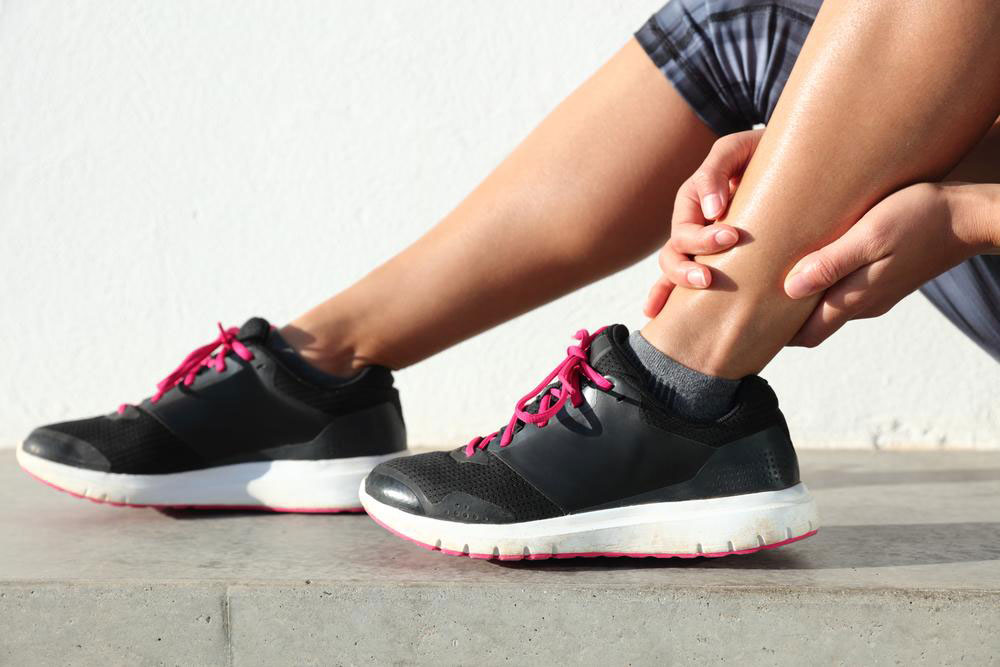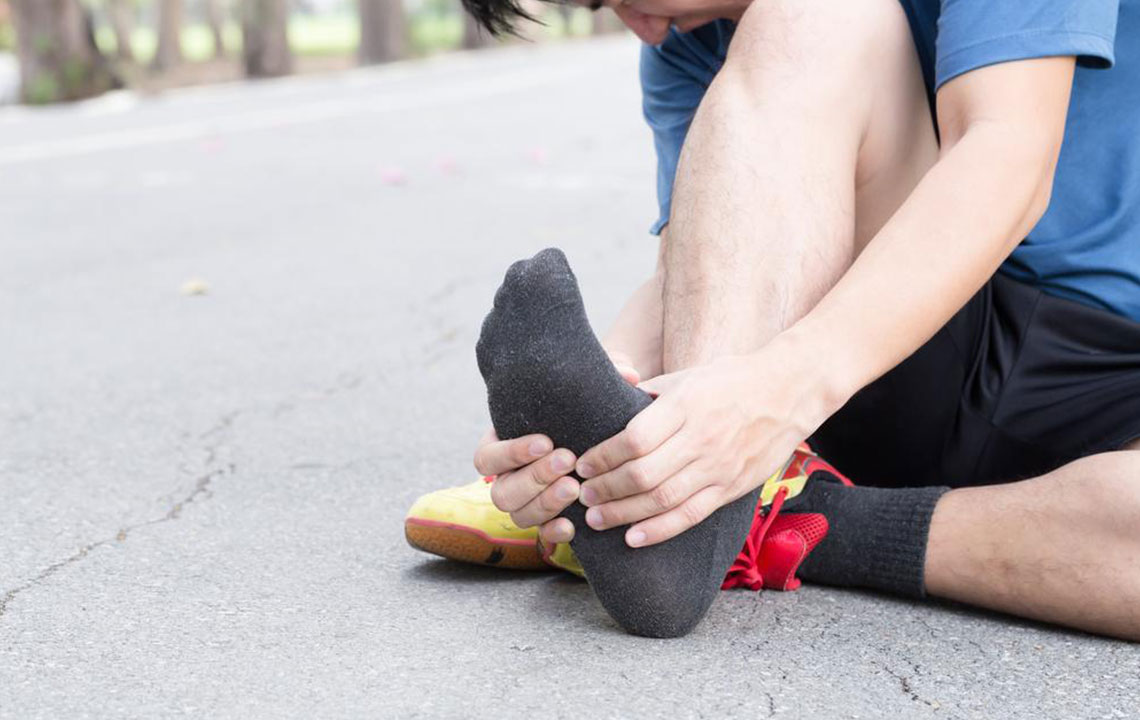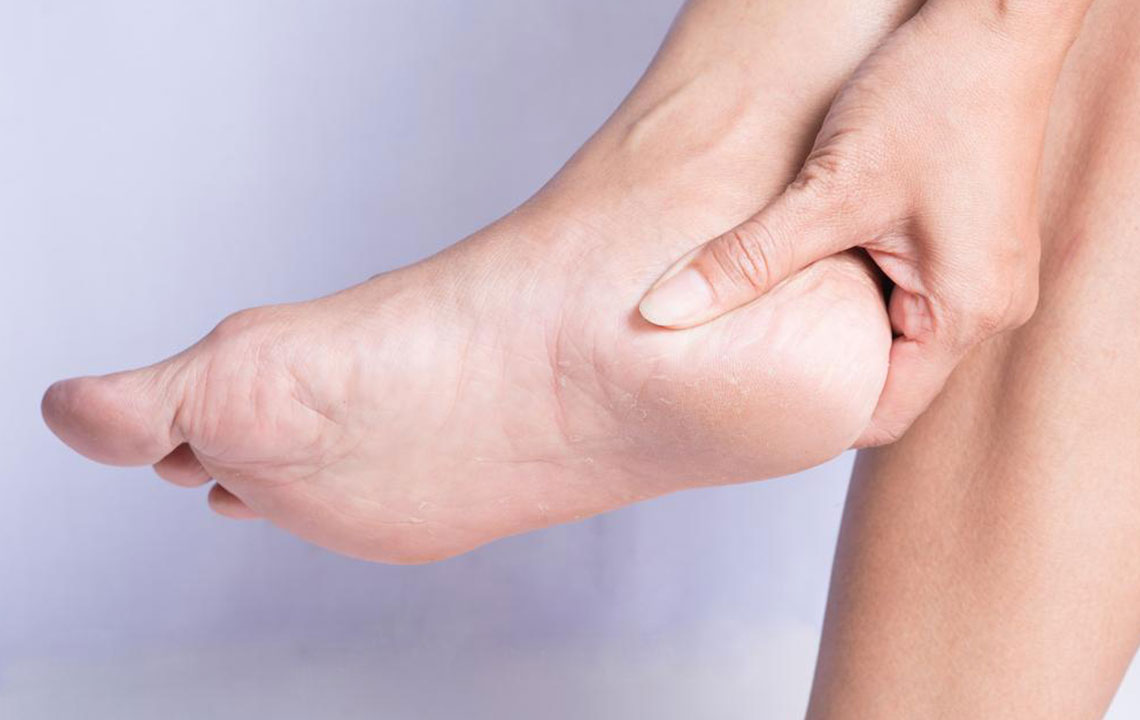Comprehensive Guide to Alleviating Heel Pain for Runners: Effective Strategies and Treatments
This comprehensive guide provides runners with effective strategies to manage heel pain caused by conditions like plantar fasciitis, Achilles tendinitis, and calcaneal apophysitis. It covers prevention, initial treatment steps, rehabilitation, and long-term maintenance to ensure safe recovery and prevent recurrence. Emphasizing proper footwear, gradual training progression, and professional support, the article helps runners maintain foot health and enhance performance.

Comprehensive Strategies for Managing Heel Pain in Runners
Heel discomfort is a prevalent concern among runners, affecting both amateur and professional athletes. This kind of pain can significantly hinder training schedules and overall performance if not addressed properly. The root causes of heel pain often include repetitive overuse injuries, improper footwear choices, or underlying conditions such as plantar fasciitis, calcaneal apophysitis, or Achilles tendinitis. Understanding these causes is crucial for effective management and recovery.
Heel pain typically results from repeated stress on the heel structures without adequate rest or proper support, leading to inflammation, tissue strain, or degenerative changes. Whether you're a beginner or an experienced runner, recognizing the early signs of heel discomfort and adopting appropriate intervention strategies can prevent the condition from worsening.
In this comprehensive guide, we explore the various causes of heel pain, preventive measures, and detailed treatment plans tailored to different stages of healing. We also emphasize the importance of correct footwear, proper training modifications, and medical consultation to ensure a safe and effective recovery process.
Understanding the Causes of Heel Pain in Runners
The most common causes of heel discomfort among runners are overuse injuries and structural issues. These include:
Plantar Fasciitis: Inflammation of the thick band of tissue called the plantar fascia running across the bottom of the foot. It usually causes heel ache, especially after periods of rest.
Calcaneal Apophysitis: Also known as Sever’s disease, mainly affects adolescents and involves inflammation of the growth plate in the heel bone.
Achilles Tendinitis: Overuse or repetitive stress leads to inflammation of the Achilles tendon, which connects the calf muscles to the heel bone, causing pain and stiffness.
Prevention Tips for Runners to Avoid Heel Pain
Preventive measures are essential for maintaining healthy heels and avoiding injury. These include:
Proper Footwear: Wear shoes that provide adequate arch support, cushioning, and stability tailored to your foot type and running style.
Gradual Training Progression: Increase mileage and intensity gradually to prevent excessive strain on heel structures.
Cross-Training: Incorporate low-impact exercises such as swimming or cycling to reduce repetitive stress on the heels while maintaining cardiovascular fitness.
Stretching and Strengthening Exercises: Regular stretching of calf muscles and strengthening foot and ankle muscles improve overall foot mechanics and resilience.
Effective Treatment Strategies for Heel Discomfort
Treating heel pain involves a systematic approach that varies depending on the severity and stage of injury. The treatment process can be divided into several key phases to promote healing while preventing further damage.
Initial Management: Rest and Inflammation Control
The first step in managing heel pain is reducing stress on the affected area. This includes:
Rest: Limiting high-impact activities like running and jumping allows inflamed tissues to recover.
Ice Therapy: Applying ice packs to the heel for 15-20 minutes, three times daily, reduces inflammation and alleviates pain.
Anti-inflammatory Medications: Over-the-counter NSAIDs can help control pain and swelling, but should be used under medical supervision.
Rehabilitation Phase: Gentle Stretching and Physical Therapy
Once acute pain subsides, guided physical therapy becomes vital. Focus areas include:
Stretching Exercises: Gentle stretching of the Achilles tendon and plantar fascia to improve flexibility and reduce strain.
Strengthening Movements: Exercises that strengthen foot and calf muscles support proper biomechanics and reduce recurrence risk.
Advanced Support and Stability
In this stage, additional devices help stabilize the heel and prevent further injury:
Orthotics: Custom or over-the-counter orthotic inserts provide arch support and distribute pressure evenly across the foot.
Heel Pads and Tapes: Soft pads cushion the heel, while taping techniques support the arch and limit abnormal motion.
Gradual Return to Activity
As healing progresses, a structured plan to reintroduce impact activities is key. This involves:
Step-by-step Reintroduction: Slowly increasing running distances and intensity to build resilience.
Cross-Training: Continuing low-impact exercises to maintain fitness and prevent overloading the heel.
Monitoring Symptoms: Paying attention to any signs of discomfort, adjusting training accordingly, and seeking medical assistance if symptoms worsen.
Additional Tips for Long-term Heel Health
Maintaining healthy heels requires ongoing care. Maintain good foot hygiene, replace worn-out footwear regularly, and incorporate routine stretching into your training schedule. If heel pain persists despite conservative measures, consult a healthcare professional for further evaluation, which may include imaging or advanced therapies.
By understanding the causes, adopting preventive strategies, and following structured treatment plans, runners can effectively address heel discomfort and return to their training routines with confidence. Remember, proper management not only relieves pain but also promotes long-term foot health and athletic performance.





